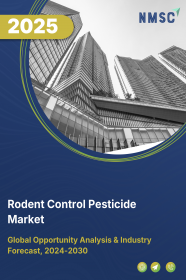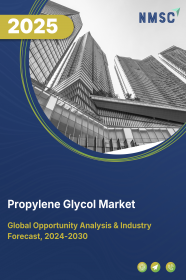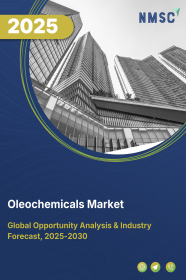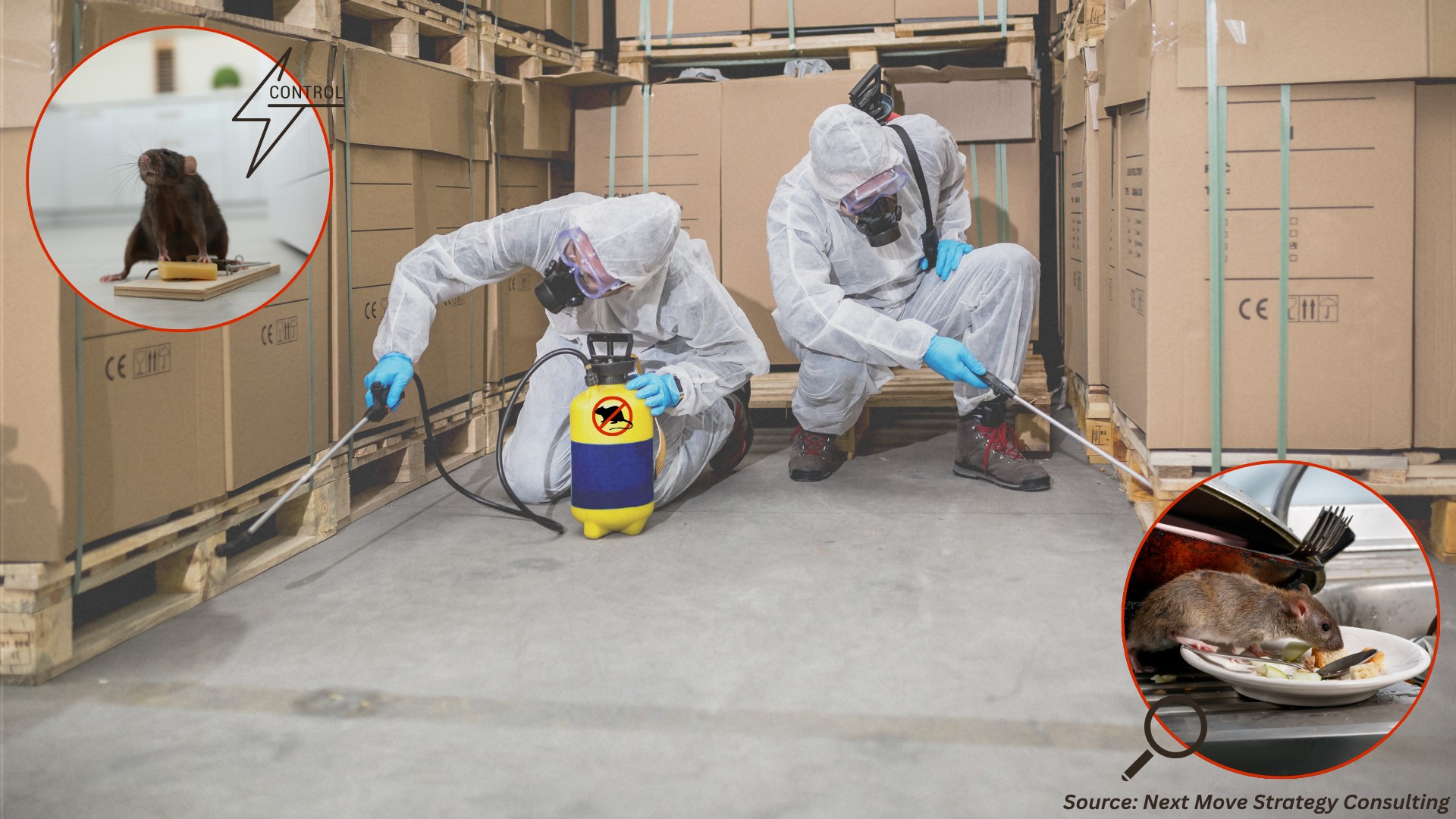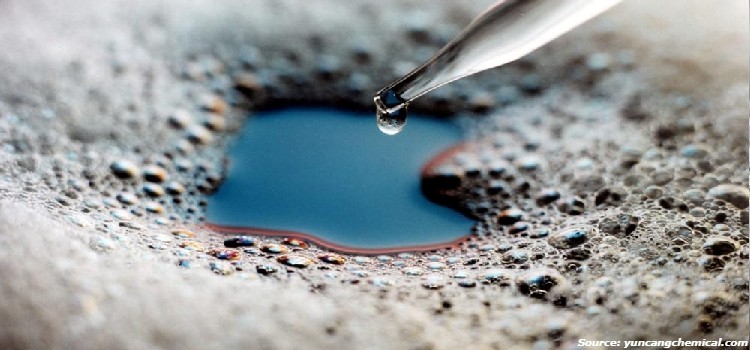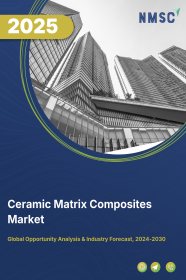
Ceramic Matrix Composites Market by Composite Type (Silicon Carbide Reinforced Silicon Carbide (SIC/SIC), Carbon Reinforced Carbon (C/C), Oxide-Oxide (OX/OX), Silicon Carbide and Carbon (SIC/C)), by Fiber Material (Alumina Fibers, Amorphous Ceramic Fibers, Refractory Ceramic Fibers (RCF), and Others), by Category (Short Fiber, Long Continuous Fiber, Whiskers, and Others) - Global Opportunity Analysis and Industry Forecast 2022-2030
Market Definition
The Ceramic Matrix Composites Market size was valued at USD 7.92 billion in 2021 and is expected to reach USD 22.31 billion by 2030 with a CAGR of 12.2% from 2022-2030.
Ceramic matrix composites (CMCs) are a sub group of ceramics and are obtained either by liquid or gas phase infiltration of carbon. CMCs consists of ceramic fibers embedded in a ceramic matrix and has better feasibility than alumina, silicon nitride, zirconia, and silicon carbide like substances. They have remarkable properties such as resistance to high temperatures, thermal shock, good creep resistance, enhanced toughness, as well as high electrical conductivity. Moreover, they are widely used in the aerospace industry for thermal protection, and in energy sector as heat exchangers.
Market Dynamics and Trends
The demand for ceramic matrix composites market is increasing due to the high adoption of CMC in the defense, aerospace, and energy power industries. In addition, factors such as rise in the demand of lightweight and fuel-efficient vehicles in the automotive industry and increased adoption of CMCs by the governments of developing countries is further expected to propel the growth of the market.
Also, surge in the demand for electrical appliances by the consumers and the growth of the electronics industry is expected to propel the growth of the market during the forecast period. Due to high durability and stiffness, the demand for ceramic matrix composites is increasing in the making of turbine engines and other high temperature components and appliances as well. Moreover, the application of nanotechnology in recent years has helped in reducing the overall cost of production of ceramic matrix composites, which in turn drives the growth of the market.
However, high cost of production and issues related to recyclability as well as repairability are factors expected to restrain the growth of the market during the forecast period. On the other hand, huge production of sports cars and vehicles, along with increase in R&D by the manufacturers are expected to create lucrative growth opportunities for the ceramic matrix composites market players in the future.
Market Segmentations and Scope of the Study:
The ceramic matrix composites market size has been segmented based on composite type, fiber material, category, production method, application, end-user, and geography. Based on composite type, the market is divided into silicon carbide reinforced silicon carbide (SIC/SIC), carbon reinforced carbon (C/C), oxide-oxide (OX/OX), silicon carbide and carbon (SIC/C). On the basis of fiber material, the market is classified into alumina fibers, amorphous ceramic fibers, refractory ceramic fibers (RCF), and others.
On the basis of category, the market is grouped into short fiber, long continuous fiber, whiskers, and others. On the basis of production method, the industry is divided into powder dispersion, reactive melt infiltration, polymer impregnation and pyrolysis, gaseous infiltration, sol-gel, and others. On the basis of application, the market is classified into gas turbine, burner and hot ducts, bearings, and brake disk. On the basis of end-user, the industry is segmented into aerospace, automotive, defense, industrial, energy & power, electrical & electronics, and others. The geography breakdown and analysis of each of the aforesaid segments includes regions comprising of North America, Europe, Asia-Pacific, and ROW.
Geographical Analysis
North America region holds the lion share of ceramic matrix composites market at present and is expected to continue dominating the market during the forecast period. This is attributed to factors such as consumption of these composites in the aerospace and defense sector, implementation of stringent environmental laws and regulations, increased usage of fuel-efficient materials, planned marketing strategies, and rising investments by the manufacturers such as General Electric Company, Axiom Materials Inc., and United Technologies. In addition, USA has the largest aerospace industry in the world and is the largest exporter of commercial aircrafts that eventually contributes to the total economy of the industry.
Moreover, Asia Pacific region is expected to witness a fast rise in the ceramic matrix composites market. This is because the huge energy consumption is leading the companies to approach for wide investments and strengthen long term contracts. Furthermore, increased investments in space exploration projects and launch of space crafts in developing countries such as India and China are further contributing to the growth of the market. Moreover, presence of major players such CFC Carbon Co., Ltd., and Kyocera Corporation further boosts the market growth in this region.
Competitive Landscape
The market comprises of various players such as General Electric Company, Rolls-Royce, SGL Carbon, Axiom Materials Inc., United Technologies, 3M Company, Raytheon Technologies, Corp COI Ceramics, Lancer Systems, and CoorsTek. These manufacturers are actively indulging in R&D initiatives, product & technology innovations, and industrial collaborations to enhance their product and increase their growth as well as geographical reach.
For instance, in July 2021, Pratt & Whitney, a Raytheon Technologies Corp. division, opened a ceramic matrix composites (CMCs) engineering and development facility. The new 60,000 square-foot facility is a fully integrated engineering, development, and low-volume production facility dedicated solely to CMCs for aerospace applications. Also, in February 2021, Axiom Materials launched its novel product line of Oxide-Oxide CMC surfacing films under the trade name of CerFace. The first product of the line was CerFace AX-8810 which was designed to improve the outer finish of ultra-high temperature CMC components to reduce manufacturing costs and improve part lifecycle.
Key Benefits
-
The ceramic matrix composites market report provides the quantitative analysis of the current market and estimations through 2022-2030 that assists in identifying the prevailing market opportunities to capitalize on.
-
The study comprises a deep dive analysis of the ceramic matrix composites market trend including the current and future trends for depicting the prevalent investment pockets in the market.
-
The information related to key drivers, restraints and opportunities and their impact on the ceramic matrix composites market is provided in the report.
-
The competitive analysis of the market players along with their market share in the ceramic matrix composites market
-
The SWOT analysis and Porters Five Forces model is elaborated in the study.
-
Value chain analysis in the market study provides a clear picture of the stakeholders’ roles.
Key Market Segments
By Composite Type
-
Silicon Carbide Reinforced Silicon Carbide (SIC/SIC)
-
Carbon Reinforced Carbon (C/C)
-
Oxide-Oxide (OX/OX)
-
Silicon Carbide and Carbon (SIC/C)
By Fiber Material
-
Alumina Fibers
-
Amorphous Ceramic Fibers
-
Refractory Ceramic Fibers (RCF)
-
Others
By Category
-
Short Fiber
-
Long Continuous Fiber
-
Whiskers
-
Others
By Production Method
-
Powder Dispersion
-
Reactive Melt Infiltration
-
Polymer Impregnation and Pyrolysis
-
Gaseous Infiltration
-
Sol-Gel
-
Others
By Application
-
Gas Turbine
-
Burner and Hot Ducts
-
Bearings
-
Brake Disk
By End-User
-
Aerospace
-
Automotive
-
Defense
-
Industrial
-
Energy & Power
-
Electrical & Electronics
-
Others
By Geography
-
North America
-
U.S
-
Canada
-
Mexico
-
-
Europe
-
UK
-
Germany
-
France
-
Spain
-
Italy
-
Netherlands
-
Denmark
-
Finland
-
Norway
-
Sweden
-
Russia
-
Rest of Europe
-
-
Asia-Pacific
-
China
-
Japan
-
India
-
Australia
-
South Korea
-
Thailand
-
Singapore
-
Rest of Asia-Pacific
-
-
RoW
-
Latin America
-
Middle East
-
Africa
-
Key Players
-
General Electric Company
-
Rolls-Royce
-
SGL Carbon
-
Axiom Materials Inc.
-
United Technologies
-
3M Company
-
Raytheon Technologies
-
Corp COI Ceramics
-
Lancer Systems
-
CoorsTek
REPORT SCOPE AND SEGMENTATION:
|
Parameters |
Details |
|
Analysis Period |
2021–2030 |
|
Base Year Considered |
2021 |
|
Forecast Period |
2022–2030 |
|
Market Size Estimation |
Billion (USD) |
|
Market Segmentation |
By Composite Type (Silicon Carbide Reinforced Silicon Carbide (SIC/SIC), Carbon Reinforced Carbon (C/C), Oxide-Oxide (OX/OX), Silicon Carbide and Carbon (SIC/C)), by Fiber Material (Alumina Fibers, Amorphous Ceramic Fibers, Refractory Ceramic Fibers (RCF), and Others), by Category (Short Fiber, Long Continuous Fiber, Whiskers, and Others), by Production Method (Powder Dispersion, Reactive Melt Infiltration, Polymer Impregnation and Pyrolysis, Gaseous Infiltration, Sol-Gel, and Others), by Application (Gas Turbine, Burner and Hot Ducts, Bearings, and Brake Disk), and by End-User (Aerospace, Automotive, Defense, Industrial, Energy & Power, Electrical & Electronics, and Others) |
|
Geographical Segmentation |
North America (U.S., Canada, Mexico) Europe (UK, Germany, France, Spain, Italy, Netherlands, Denmark, Finland, Norway, Sweden, Russia, Rest of Europe), Asia-Pacific (China, Japan, India, Australia, South Korea, Thailand, Singapore, Rest of Asia-Pacific), Rest of the World (Latin America, Middle East, Africa) |
|
Companies Profiled |
General Electric Company, Rolls-Royce, SGL Carbon, Axiom Materials Inc., United Technologies, 3M Company, Raytheon Technologies, Corp COI Ceramics, Lancer Systems, and CoorsTek. |

















 Speak to Our Analyst
Speak to Our Analyst



